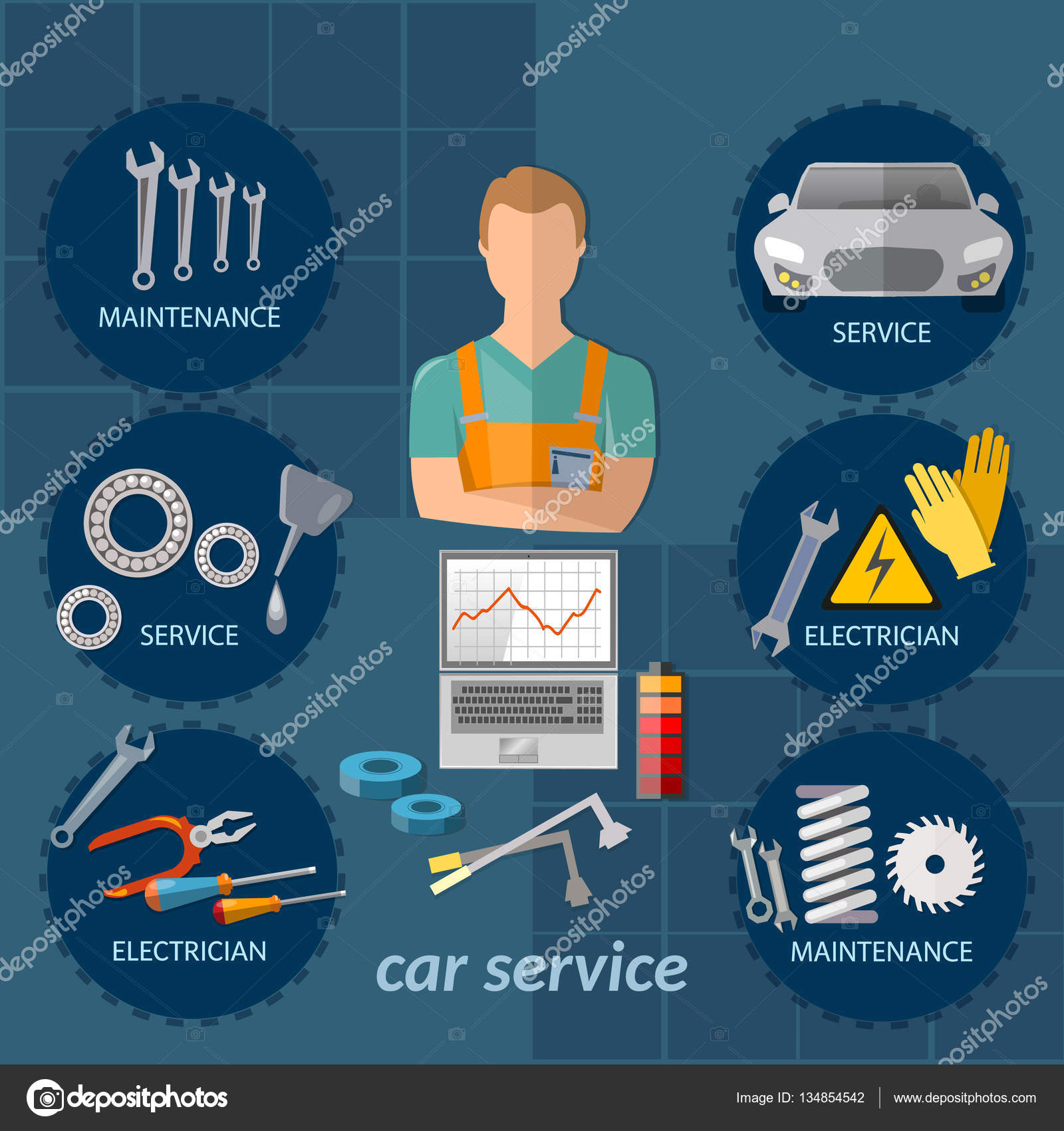Untangling Truth Definition Behind Your Vehicle'S Caution Lighting
Untangling Truth Definition Behind Your Vehicle'S Caution Lighting
Blog Article
Writer-McKee Gross
When you're behind the wheel, those radiant caution lights on your dashboard can be a little bit complicated. Do you understand what they're attempting to tell you about your vehicle's health? Recognizing the value of these lights is crucial for your safety and security and the durability of your vehicle. So, simply click for source among those lights turns up, wouldn't you want to analyze its message precisely and take the necessary actions to resolve it?
Common Caution Lighting and Interpretations
Recognize typical warning lights in your automobile and understand their definitions to make sure secure driving.
The most typical warning lights consist of the check engine light, which indicates concerns with the engine or exhausts system. If this light comes on, it's vital to have your automobile examined quickly.
The oil stress alerting light indicates low oil pressure, calling for immediate attention to prevent engine damage.
A flashing battery light might suggest a damaged billing system, potentially leaving you stranded if not addressed.
The tire pressure monitoring system (TPMS) light informs you to low tire pressure, impacting automobile stability and fuel effectiveness. Overlooking this can cause harmful driving conditions.
The abdominal muscle light indicates an issue with the anti-lock braking system, endangering your capacity to quit rapidly in emergency situations.
Lastly, the coolant temperature warning light warns of engine overheating, which can lead to serious damages otherwise resolved promptly.
Understanding these common warning lights will certainly aid you deal with problems without delay and preserve secure driving problems.
Importance of Prompt Focus
Recognizing the common caution lights in your auto is just the very first step; the importance of quickly resolving these cautions can not be highlighted enough to ensure your security when traveling.
When a warning light illuminates on your dashboard, it's your car's way of connecting a possible issue that requires attention. Neglecting these warnings can cause a lot more serious troubles later on, jeopardizing your safety and security and potentially costing you more in repairs.
Prompt focus to cautioning lights can stop malfunctions and mishaps. For example, a blinking check engine light could show a misfire that, if left unattended, can create damages to the catalytic converter. Resolving this without delay can save you from a costly fixing.
Likewise, a brake system alerting light might signify reduced brake fluid or used brake pads, essential elements for your safety when driving.
DIY Troubleshooting Tips
If you see a warning light on your control panel, there are a few do it yourself repairing pointers you can try prior to seeking specialist aid.
The primary step is to consult your vehicle's manual to recognize what the specific caution light shows. Sometimes the issue can be as straightforward as a loose gas cap causing the check engine light. Tightening the gas cap may solve the trouble.
One more typical issue is a reduced battery, which can trigger various cautioning lights. Checking the battery links for corrosion and guaranteeing they're protected may fix the problem.
If a caution light continues, you can attempt resetting it by detaching the car's battery for a couple of mins and then reconnecting it. In addition, inspecting your vehicle's liquid levels, such as oil, coolant, and brake liquid, can help troubleshoot alerting lights related to these systems.
Verdict
To conclude, recognizing your cars and truck's warning lights is crucial for keeping your vehicle running smoothly and securely. By without https://www.aarp.org/money/budgeting-saving/info-2014/ways-to-save-on-auto-expenses.html resolving these informs and understanding what they suggest, you can stay clear of costly repair work and potential break downs.
Remember to consult your vehicle's manual for specific information on each cautioning light and do something about it accordingly to make sure a trouble-free driving experience.
Keep educated, remain secure when traveling!
